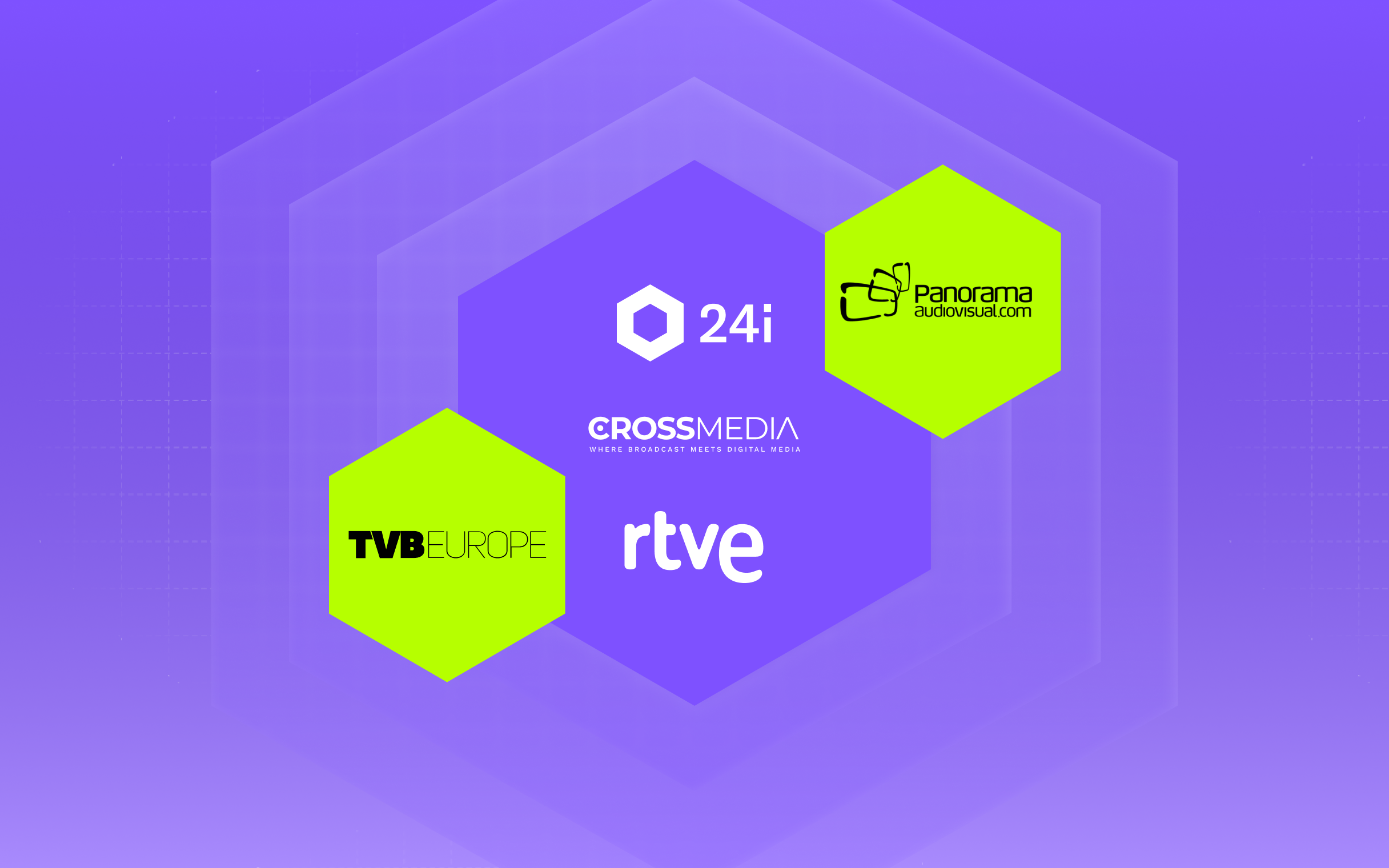Resource Hub
Insights For Every Screen.
Stories, articles, announcements and everything you need to know.

Latest
SortEvents
See All Events
Better Streaming
Starts Here.
Partner with 24i to create experiences your audiences will love — across every screen, at any scale.
Learn How




































